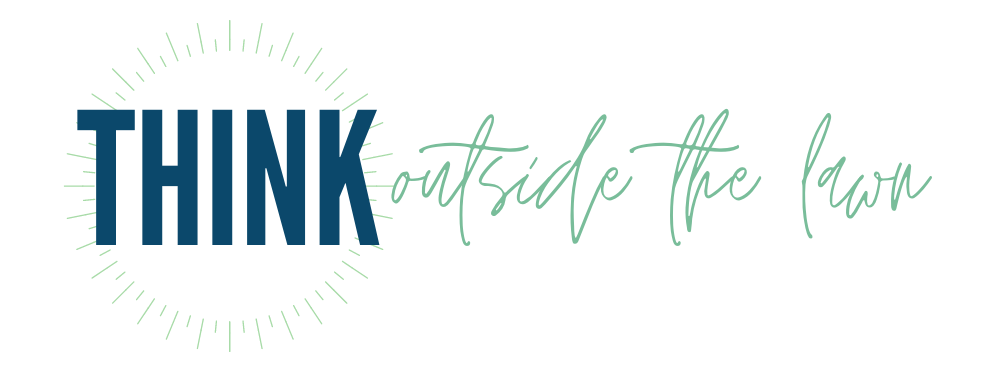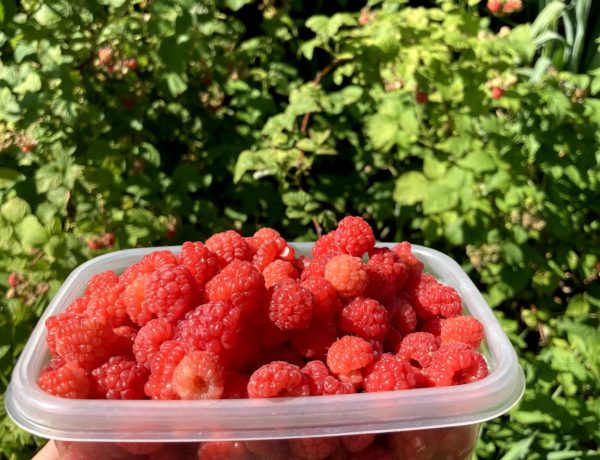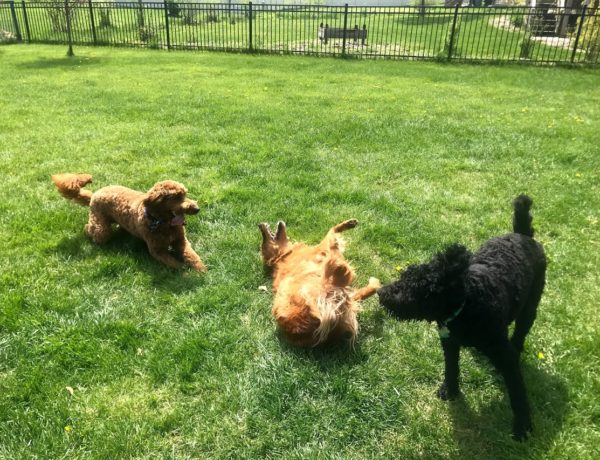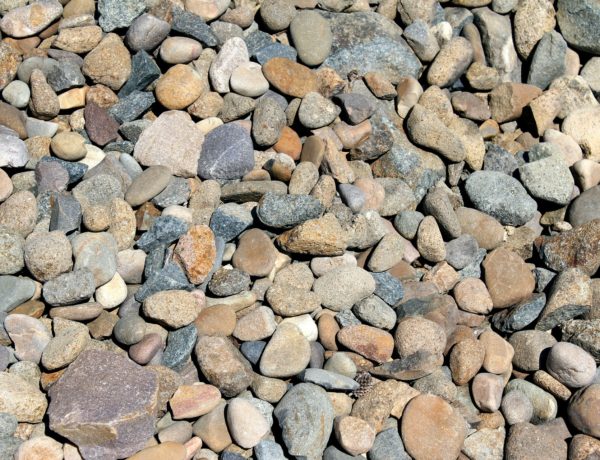As I walk dogs through urban/suburban neighborhoods, I notice a lot of things that come down to one theme: disrupting ecosystem functions and then spending a lot of time and money to replace them artificially. Here are some examples (not an exhaustive list):
- Removing leaves and plant debris, placing it in purchased brown bags, paying the hauler to take it to the dump, and then purchasing and applying artificial fertilizer. (Read about chop-and-drop mulching here.)
- Mowing, weed whacking, pulling, and spraying chemicals to remove all plants that would attract birds, bees, and butterflies for the sake of a “clean” monoculture lawn and a few nonnative ornamentals; and then purchasing and placing bird feeders, bird seed, nectar, bee boxes, etc.
- Spraying with a hose, squashing, or chemically assaulting “pest” arthropods and mollusks that colonize their plants and then having to keep doing so, buying more and more pesticides, or actually paying for and shipping predatory arthropods; and buying dried mealworms at the store to attract the insect-eating birds they like to see.
- Installing French drains or tile or otherwise eliminating wet areas and then installing bird baths and artificial ponds for birds and other wildlife or for the enjoyment of a water feature.
- Calling animal control at the first sight of bats or possums and then spraying mosquito and tick chemicals.
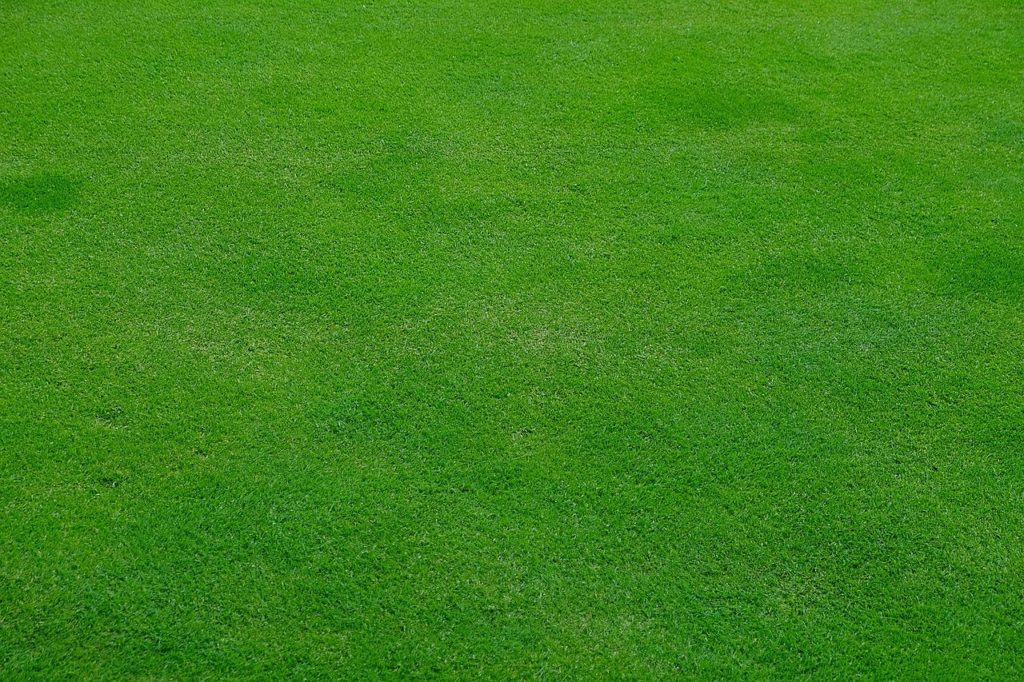
Your Problems are Actually Mother Nature’s Solutions
The list goes on and on. I am continually seeing people disturbing natural functions and then artificially replacing them or otherwise struggling to solve problems caused by these actions. In fact, some of the “problems” are quite the opposite. They are Mother Nature’s solutions to problems she sees.
The Monoculture Problem
She sees a monoculture that is not serving the ecosystem and is likely to fail in the long run and rushes to provide more diversity to the area. These “weeds,” or pioneer species, are her solution to a huge problem – monocultures of grass and crops. Those dandelions and wild carrots would aerate the ground while also adding organic matter above and below the surface and feeding the soil life that helps plants like grass thrive. That clover will help fix nitrogen with the help of its symbiotic bacteria in the soil. That creeping charlie provides nectar. The plantain and violets do too. These plants serve multiple functions to help push the ecosystem to a healthier, more thriving state.
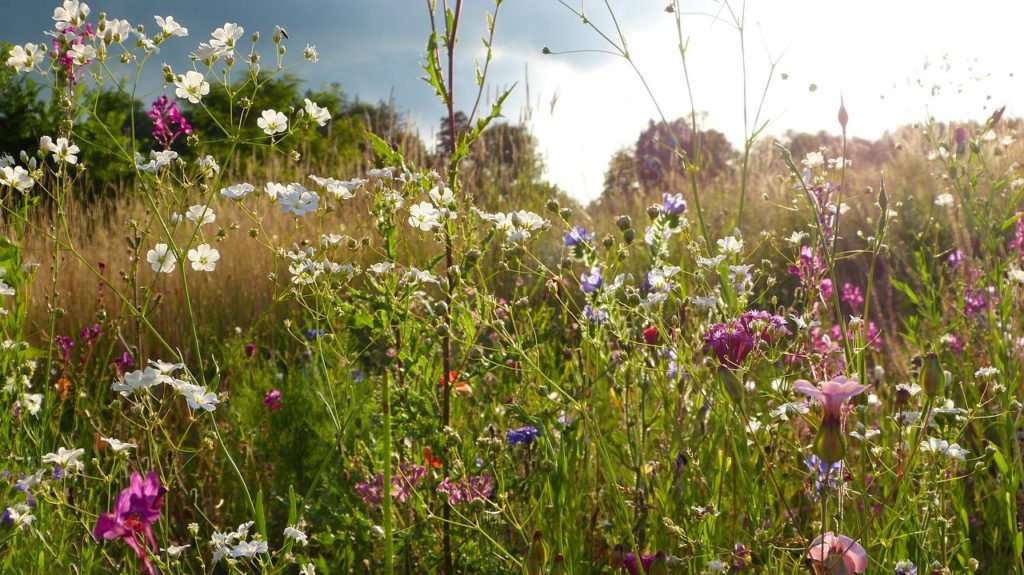
The Lack of Life Problem
She sees plants that can support life and sends that life to diversify the ecosystem. In Mother Nature’s eyes, all lives are worthy and important. The animals we consider pests serve important ecosystem functions. Animals that eat plants are checks and balances for those plants so that none of them get out of control and become invasive. And she has checks and controls in place for those plant-eating animals too: predators.
If you stop interfering, the predators will show up. But you have to wait for the life cycles of those predators to happen. If lady bugs come and lay eggs on a plant that’s crawling with aphids and then the aphids have all been wiped out by a human, those lady bug larvae will have nothing to eat when they hatch (if they survive the assault that wiped out the aphids), and they will perish, and the ecosystem that was just starting is back at square one. When the aphids come back (and they will), there will still be few to no predators, because they will be elsewhere, where food is already plentiful. In this process, you will probably have to sacrifice some plants.
In nature, you will likely not see one lonely rosebush or one clump of coneflowers. You see many of every instance of life, because death is part of life, and without a whole population of a species, the entire species will perish. The same is true in your little yard-ecosystem. Have some backups.
The Solution
If you are reading this and you do some of these things, and you want to stop doing some or all of these things, awesome! First on your task list, I’d recommend reading a book about ecosystems; perhaps one about how ecosystems work in general, or one about the broader ecosystem in which you live (prairie, forest, mountain, tundra, desert, etc.) I also recommend Gaia’s Garden by Toby Hemenway and Botany in a Day by Thomas Elpel. You can also check out a few more of my posts like: Ecosystem Mimicking: The Key to Easy Gardening and Plants That Want to Grow: Your Key to Low-Maintenance Gardening and Is a Lawn Right For You? How to Choose the Best Low-Maintenance Landscaping.
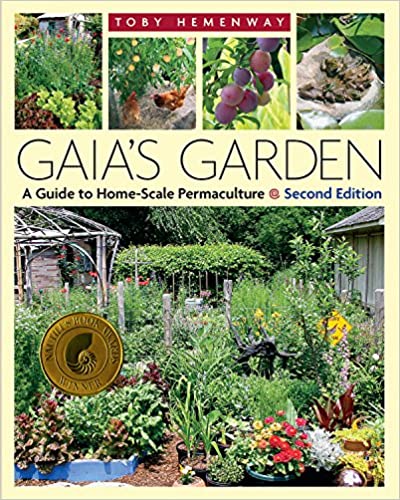
When you know more about ecosystems and plants, you’ll be able to make infinitely better decisions about your yard. That will not only save you time and money in the long run, but it also will mean a healthier, more sustainable yard that’s better for wildlife and for the broader ecosystems that support all life (including your own).
